“The only thing I know is that I know nothing.” I can sympathise with the great Socrates sometimes.
I’m in the deep throes of seed-sowing at The Beechgrove Garden. Veg, fruit and flowers. Seeds don’t discriminate when it comes to sowing time.
They care not for what we do or don’t understand about them. They care not about what we want to do with them.
They care only about germination so they can grow, flower, set seed and die. To get them to germinate at all is my job.
They want to germinate but they won’t until provided with conditions they feel optimum to allow it. The way this happens is both simple and yet incredibly complex. Seeds have different wants and needs.
Cultivars a plenty!
At The Beechgrove Garden we observe a wide range of cultivars across a wide range of veg, fruit and veg, often including new cultivars to market so we can guide you at home of its pros and cons.
In January when I was brand new to the role of head gardener, it was imperative to get the planning done soon as!
We decide on veg and fruit and the specific cultivars of these. Next comes the rotation plan, the final scale drawing with spacings then the sowing plan.
The good news for you all is that we’ve got a belter of a selection lined up this year.
Seed needs
Seeds thankfully generally come with good sowing guides on their packets. At home every type comes with this.
Commercially though we often receive a massive packet with a shiny coating and no info. Hence the seed guide.
Some seeds like shade, some like direct light. Some want vermiculite to trap heat, others don’t care for it.
Some have dormancy that requires breaking. That is to say they have specific conditions required in order to allow germination to happen.
Some seeds experience exogenous dormancy. That is to say caused by conditions external to the embryo.
Other seeds experience endogenous dormancy. That is to say caused by condition internal of the embryo.
Exogenous
Exogenous dormancy typically falls under the sub category of physical, mechanical or chemical dormancy.
Physical being an impermeable seed coat which is doesn’t allow water or gaseous exchange needed for germination.
A great way for the seed to survive outside until something like fire or being through an animal digestive tract allows for softening to germinate.
The sweet pea may be an example here where nicking (damaging the seed coat) assists germination.
Mechanical is where the seed coat is too hard to allow the embryo inside to expand.
Sounds bizarre but think of the pit of a stone fruit or the shell of a walnut. Sometimes inhibiting chemical within the seed causes dormancy.
This is common in fleshy fruits where seeds remain in juice like citrus fruits or the jelly sack that surrounds tomato seeds.
Endogenous
Endogenous dormancy typically falls under the sub category of morphological dormancy.
Morphological dormancy is the embryo is immature, under-developed and not actually ready to germinate even at the time the seed has been dispersed. If planted it would fail.
They need typically a month or so after dispersal to have that key time to develop before germination can succeed.
An example would be the coconut (Cocos nucifera). Physiological dormancy actually has its own sub-categories.
Stay with me, we’re nearly there, honest. You’re doing well. These are drying wherein the seed needs a period of drying first (typically from arid regions). Photodormant wherein the photoblastic seed needs either a period of darkness or light to germinate.
Lastly there is thermodormant where high or low temperatures are needed to allow the seed to germinate.
For high think Amaranthus at around 30 degrees Celsius. For low, think celery at around 7C.
Garden muscle
With my dirty, stubby, fingers that I’ve finessed over the years to perform the most gentle of operations, I sow.
One of the benefits of 11 years gardening is that you can be gentle if needed but also have forearm muscles that ripple every time you move your fingers. The working body and the gym body are different beasts.
I can’t see gym bunnies taking up double digging or barrowing heavy loads up hills anytime. Gardeners are fit for a reason! The world is our gym.
Mother Nature needs no subscription. Back to sowing though and although I’ve maybe opened your eyes to the complexities of seed; there are simple rules to follow.
Sowing varies depending on seed size generally. A rough rule is that seeds need to be sown to the depth equal to two to three times the width of the seed.
If in doubt better shallow than too deep. Can you see why I agree with Socrates?
Take care and happy gardening.
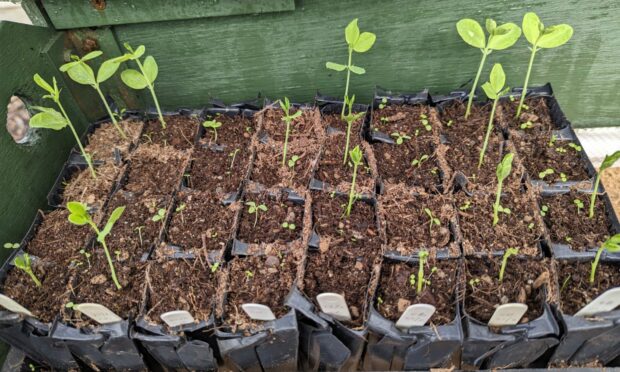
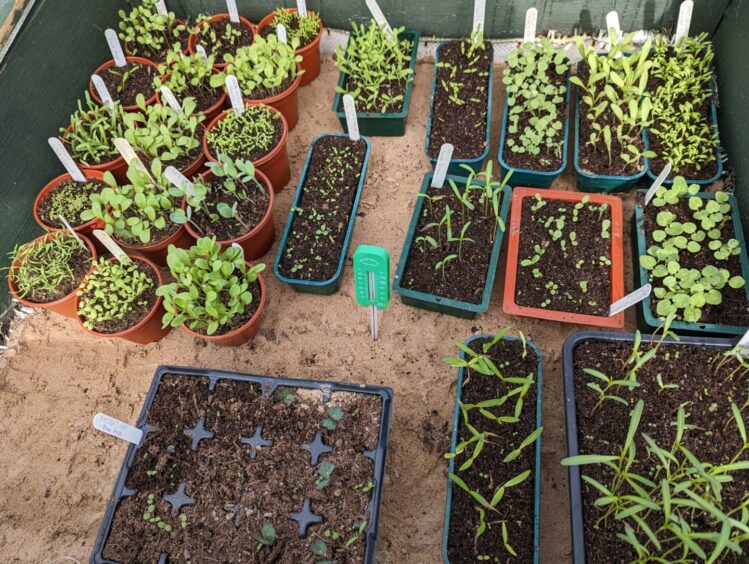
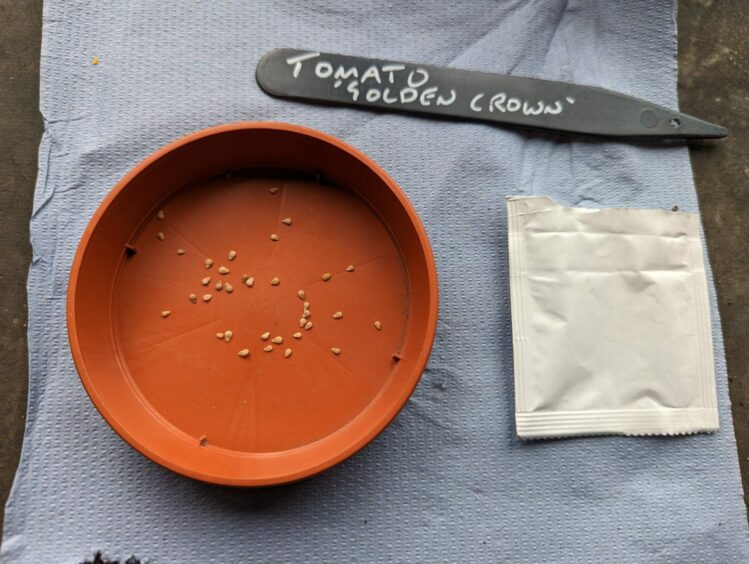
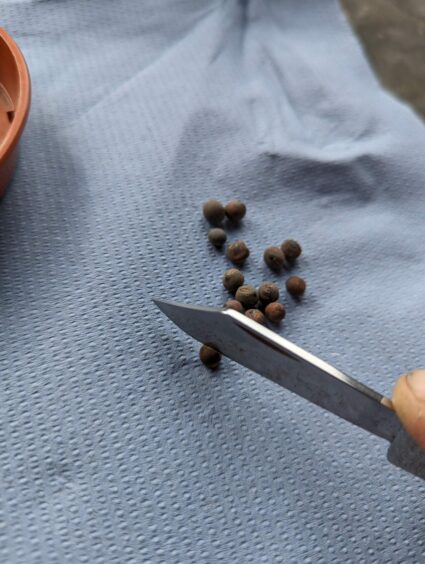
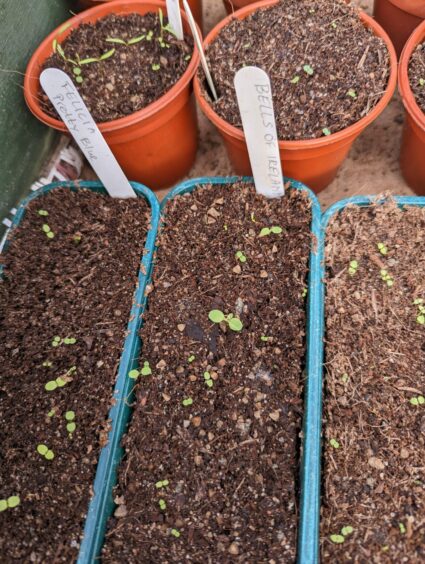
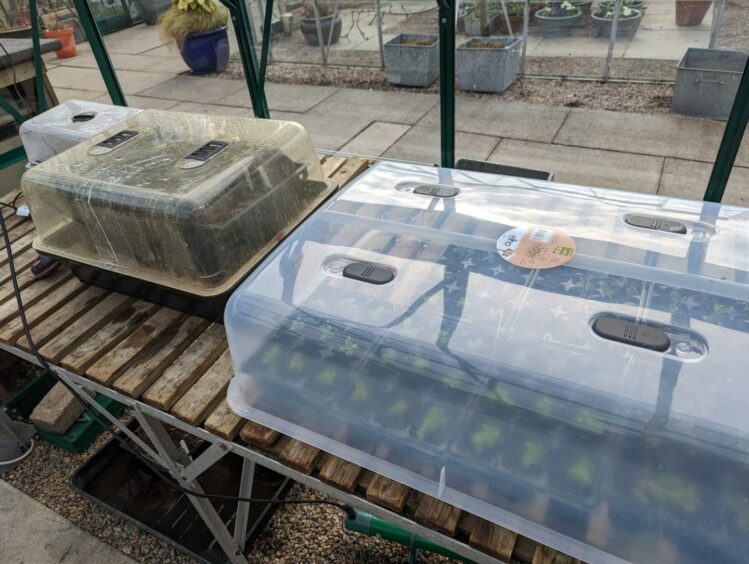
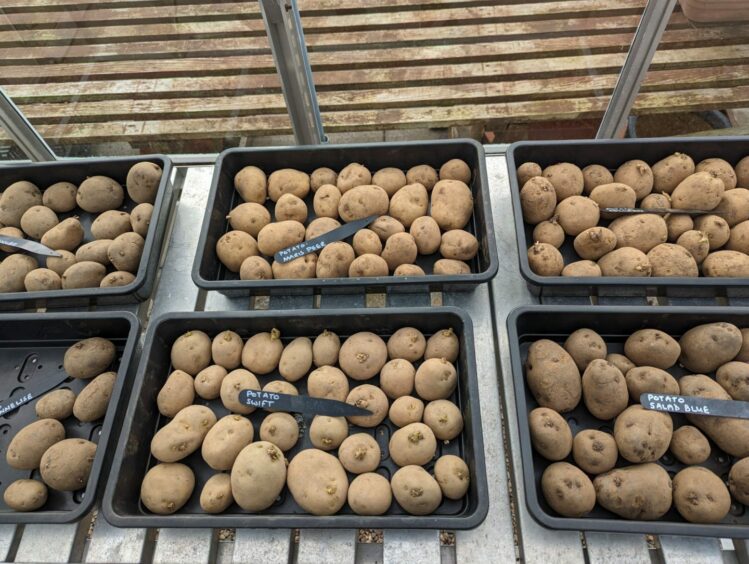
Conversation